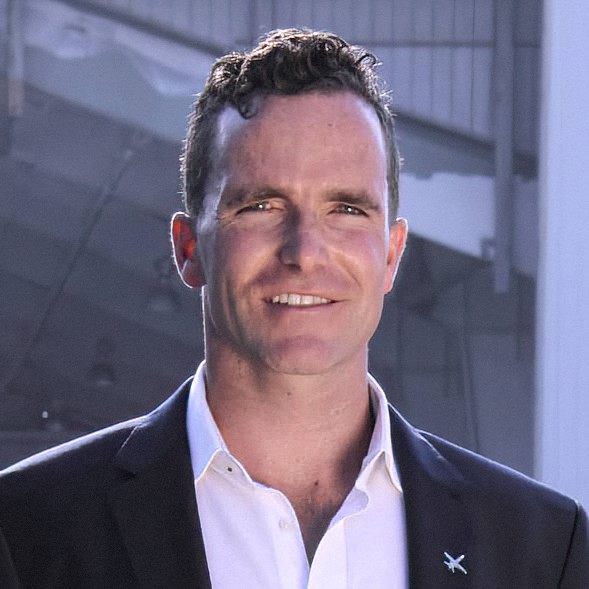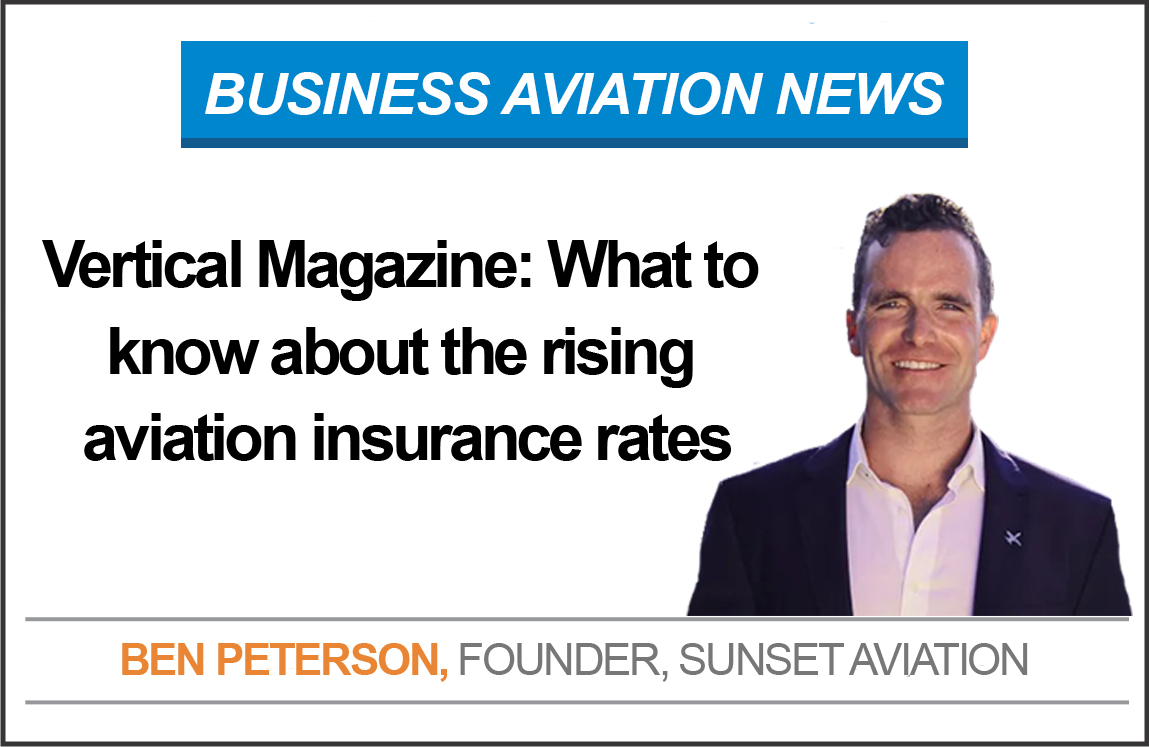
No question about it, we’re experiencing rising aviation insurance rates. Even if you have experienced no claims and your aircraft is decreasing in value, you’ll see that number climb. I’m often asked why rates are going up and what someone can do about keeping them as low as possible. The answer is really more complicated that you might think.
Recently I came across this really helpful article (link underlined area to the PDF) in the April/May 2020 issue of Vertical Magazine that does a pretty comprehensive job of pulling back the curtain on rising aviation insurance rates. While it does talk about insurance in the helicopter industry, all the reasons behind these rate increases directly relate to all forms of aviation insurance.
Here are three big takeaways from the article I found most valuable in understanding the mechanics of what is happening in aviation insurance:
A Perfect Storm of Claims
Insurance is an overall commodity, bought and traded on the open market. Like any good investment, risk is spread out. Companies don’t put all their money in aviation insurance. They’re tied to many other kinds of insurance – homeowners, liability, medical, business, vehicle, etc. Historically, a year of big losses in one sector can be balanced by low losses in another. That hasn’t been the case lately.
As recently as 2016, we were in a soft market where aircraft owners and operators were paying low premiums and rates. Hull insurance was averaging 1% to 5% of aircraft value, for instance. Losses overall throughout the industry were low. Then in 2017, three huge hurricanes hit the U.S. In subsequent years, climate change-driven extreme weather has driven wildfire losses to historic highs as more and more of these events exceed $1 billion in losses each year. In fact, 2019 was the costliest on record for wildfire losses. Add to that increased liability payouts in aviation accidents during the same time period (see Extreme Litigation blow), and it’s not hard to see the overall insurance industry was losing far more than it was bringing in every year.
Extreme Litigation
Over the past several years, juries have been awarding higher and higher litigation payouts to plaintiffs in wrongful death, damage, and injury lawsuits. In fact, more often than not, attorneys are demanding maximum coverage payouts. If a defendant had $100 million in liability insurance, that is what is demanded, and more often than not, that is what is being awarded.
Case in point, in addition to Boeing’s $500 million payout for grounding insurance when the 737 Max was grounded in 2019, close to $1 billion more was paid out in litigation for the Max’s two fatal accidents in Indonesia and Ethiopia.
Economies of Scale
Everyone has their personal risk limit, and insurance companies are no different. One thing keeping costs in check pre-2017 was a flood of insurance companies competing for your business. In 2019, several of the largest and most prominent insurers left the general aviation insurance market. The result was a much smaller pool of competitors. With less competition comes increased rates and increased freedom to impose restrictions on policies that would help lower the insurer’s risk, such as lower liability limits.
Taken together, these key contributors have had a triple whammy effect on aviation insurance rates. I wish I had a crystal ball to help see when things will begin to swing back. In the meantime, there are things aircraft owners and operators can do in this insurance market to spread their dollars further. For instance, here are three tips: Three Aircraft Insurance Tips for a Tight Market.
I hope this has helped shed a little light on the complicated mechanics behind today’s rising aviation insurance rates. If you have any questions, please don’t hesitate to reach out. Knowledge is power and the best tool you can have as you navigate today’s changing industry.

Benjamin Peterson
Graduated from the University of North Dakota with a degree in Commercial Aviation as a Pilot and Flight Instructor. My first professional job was working for Cirrus Aircraft as an instructor.
